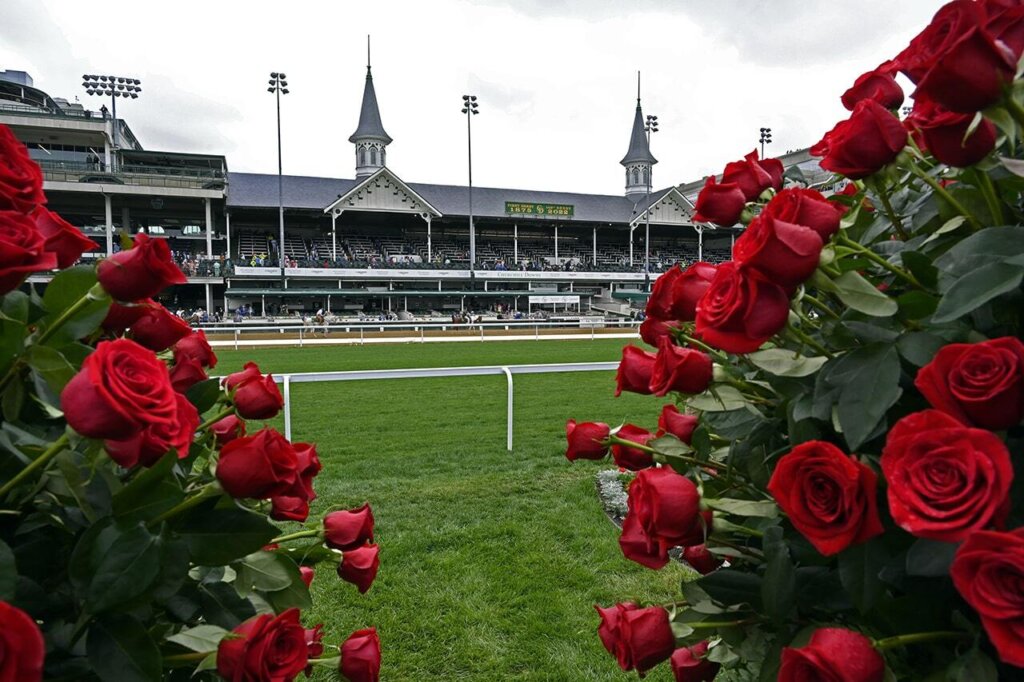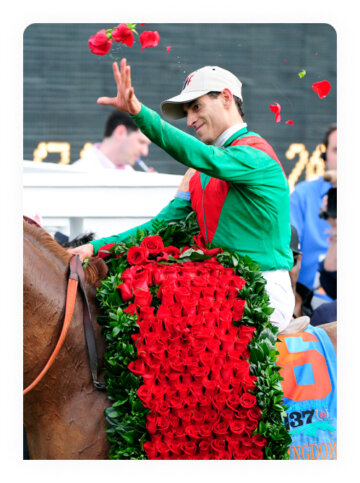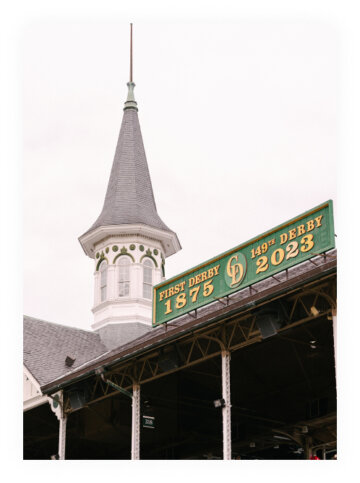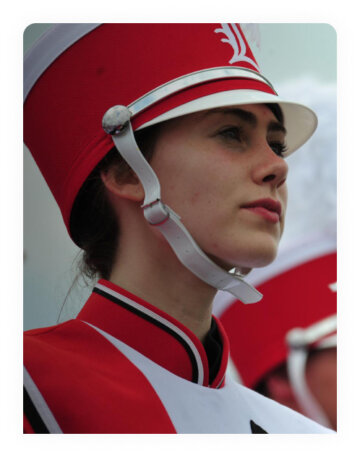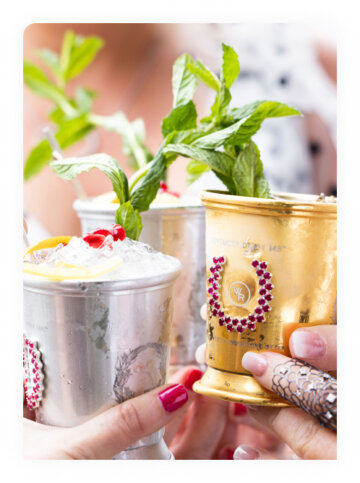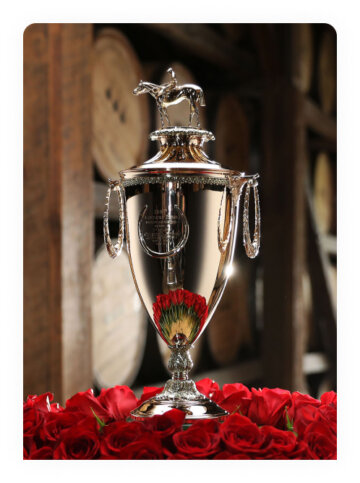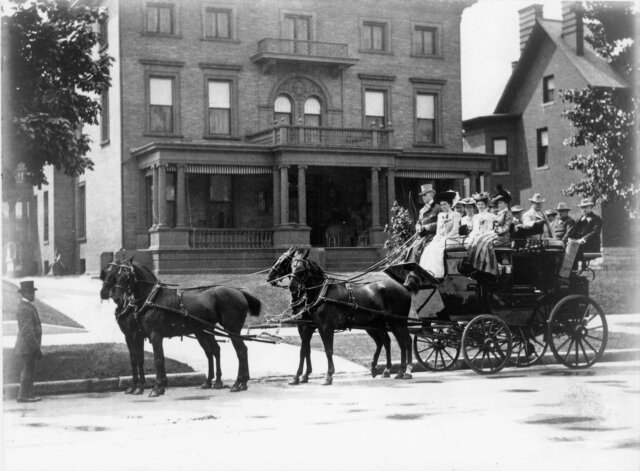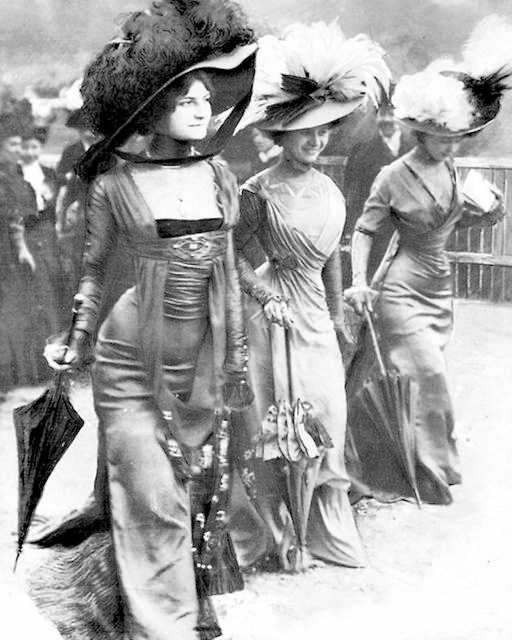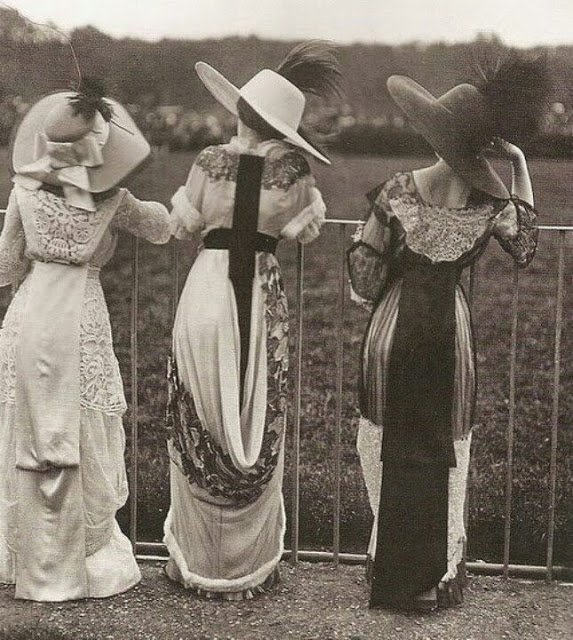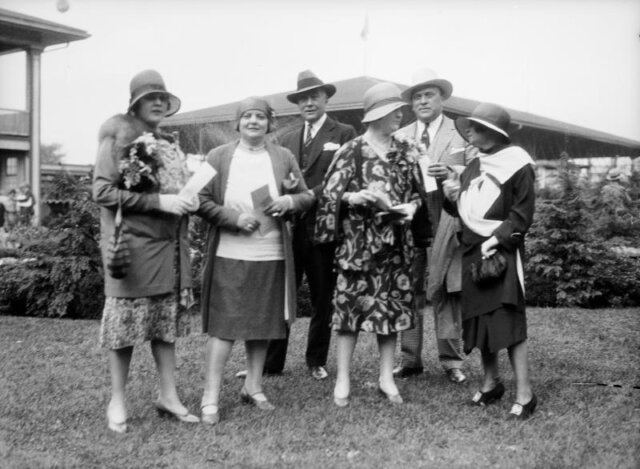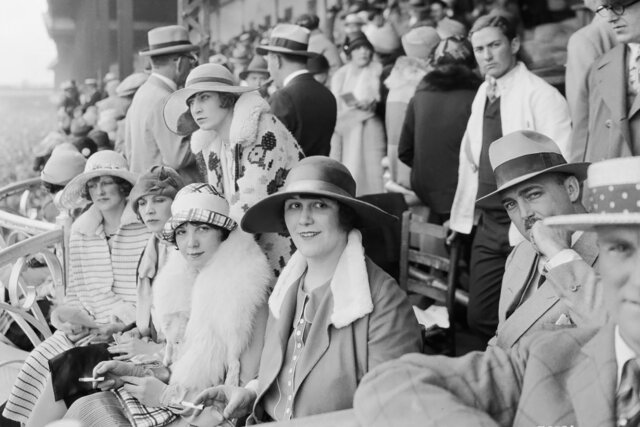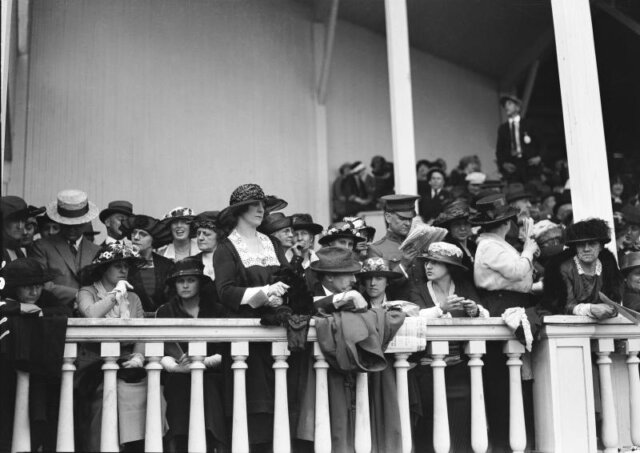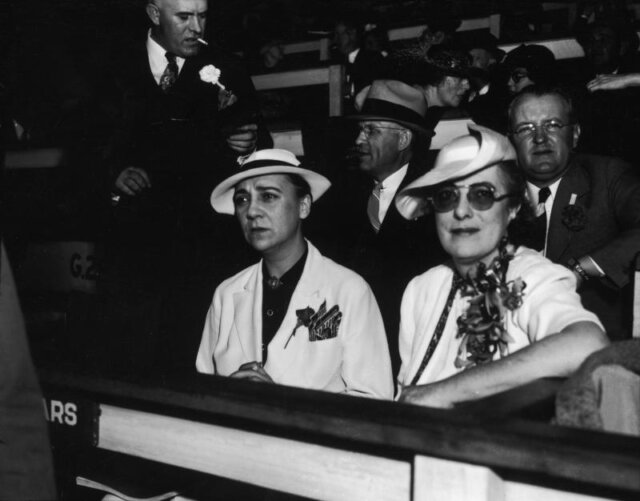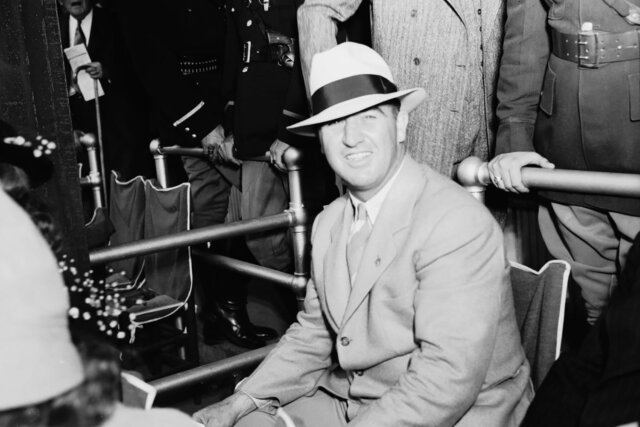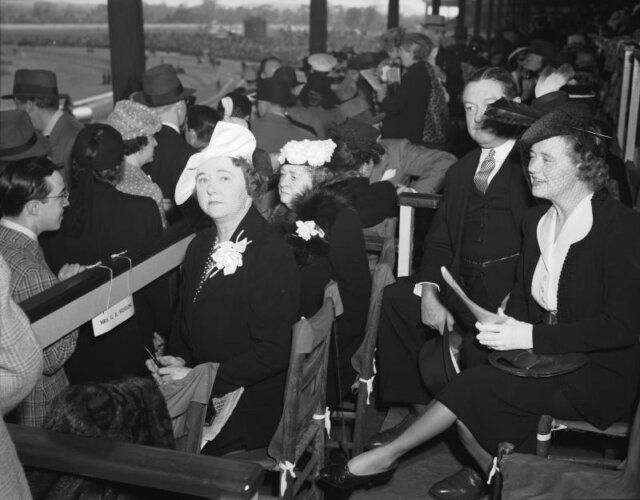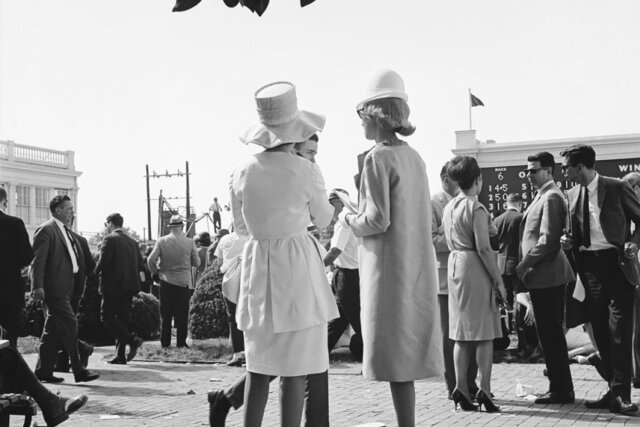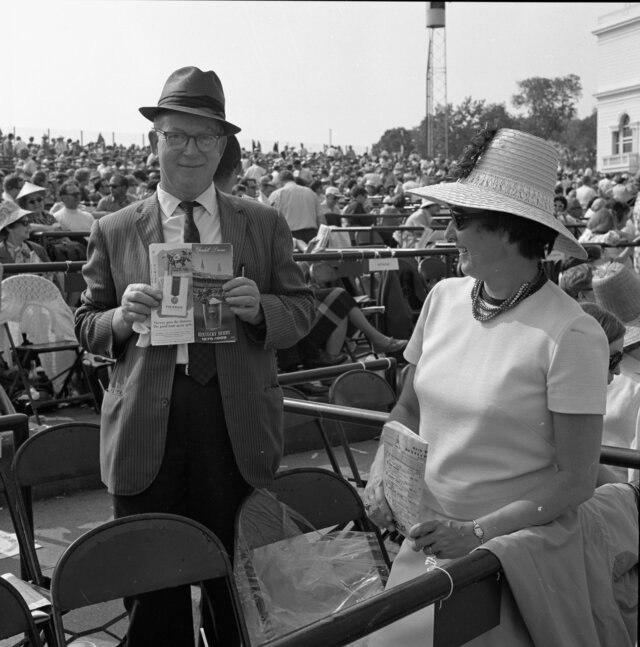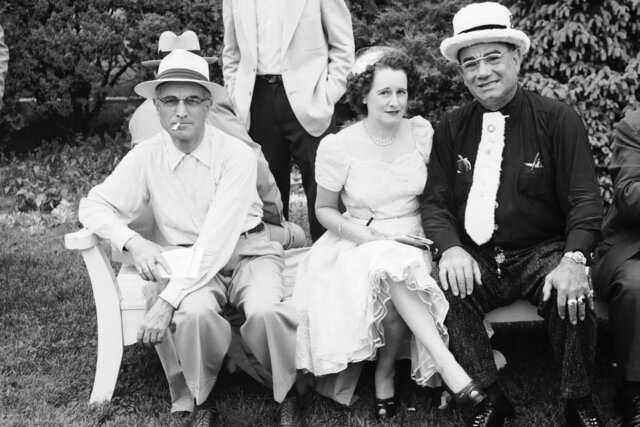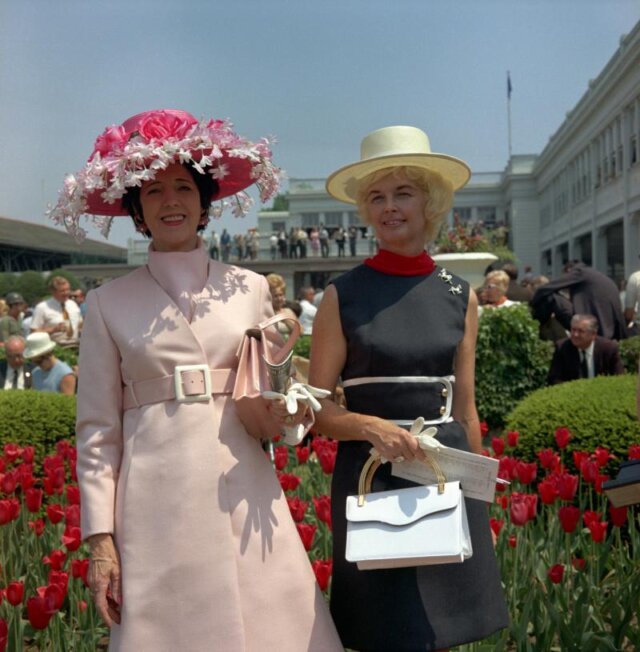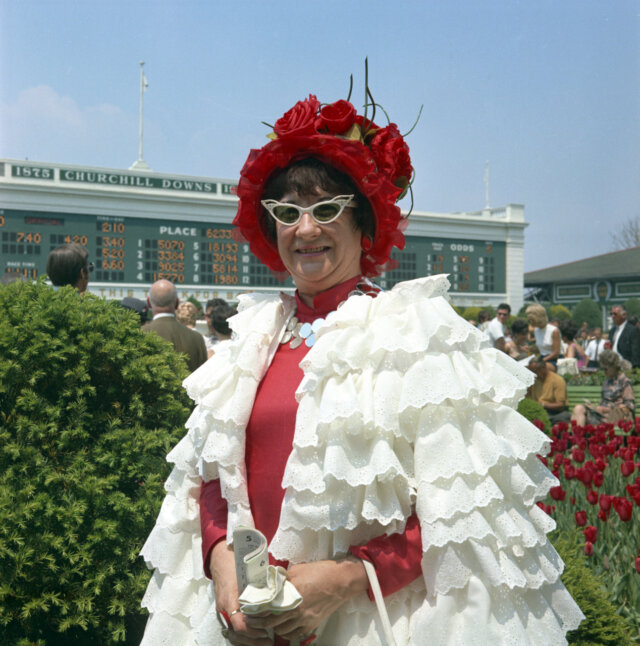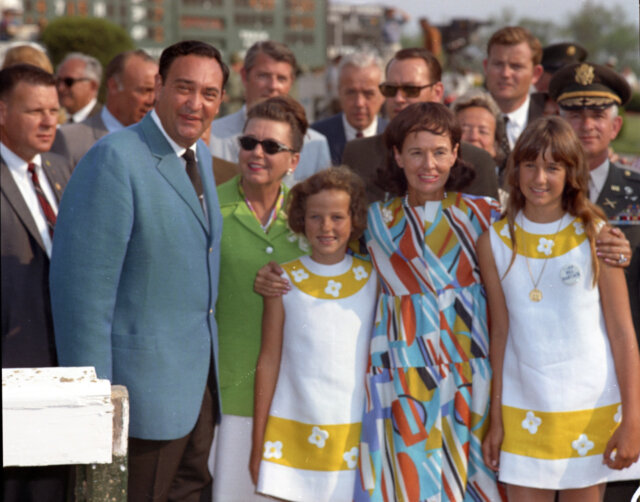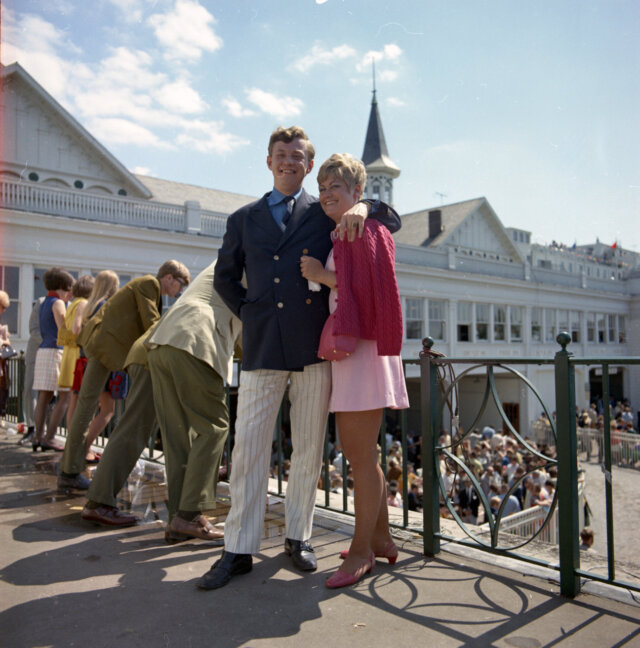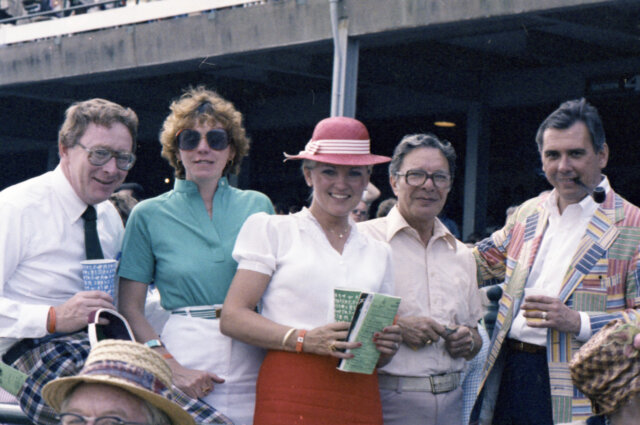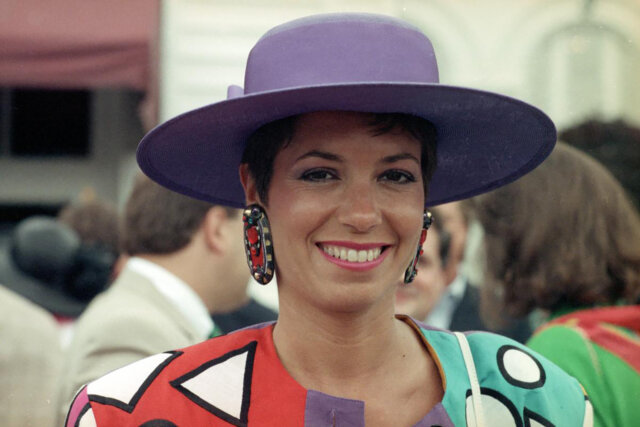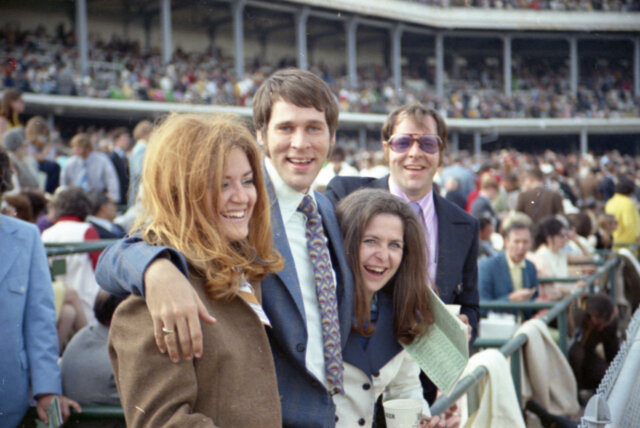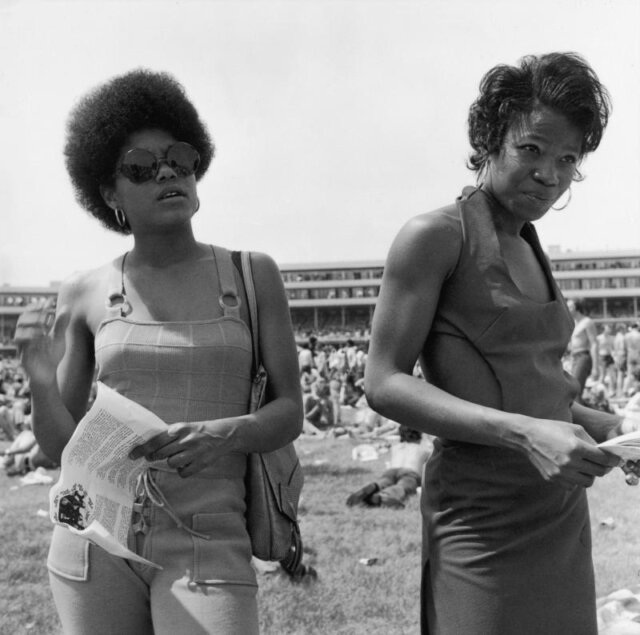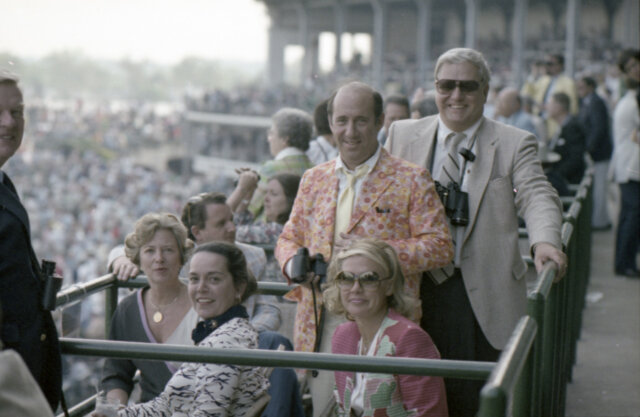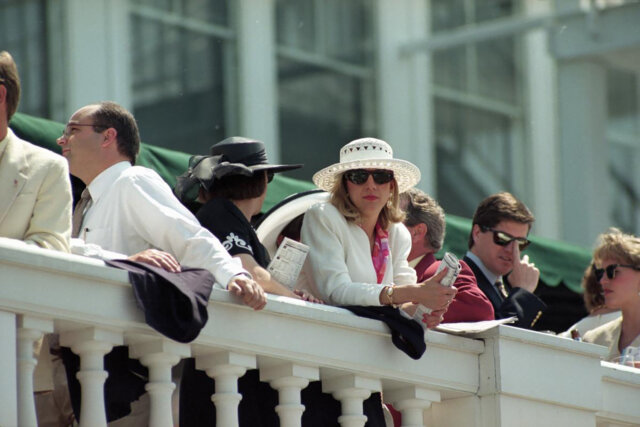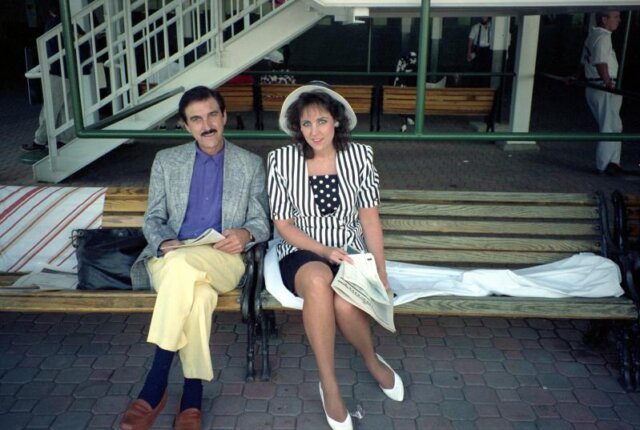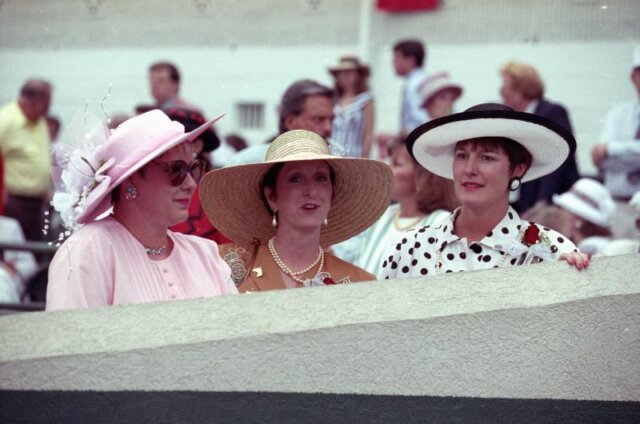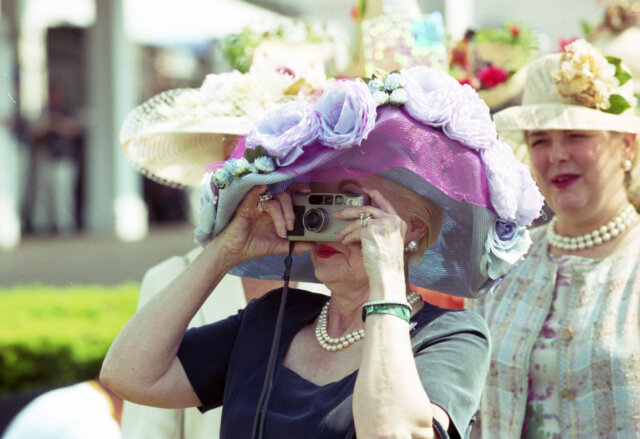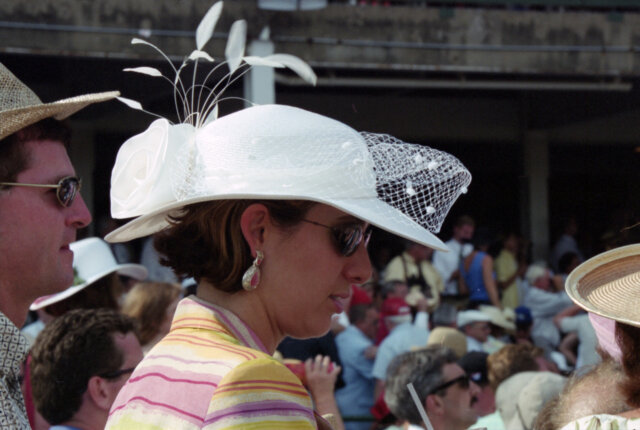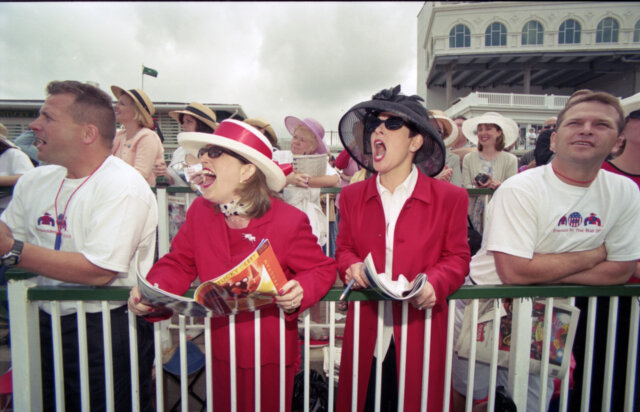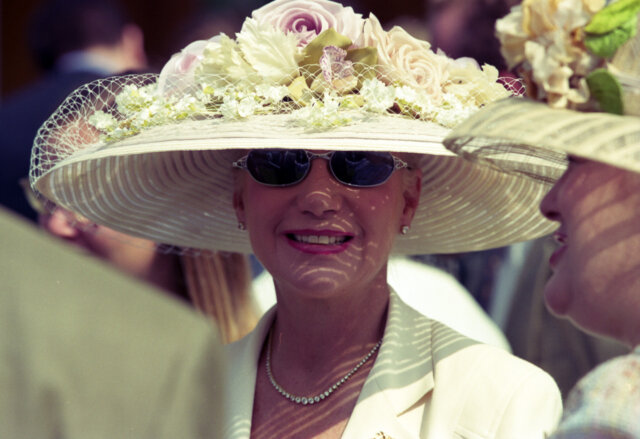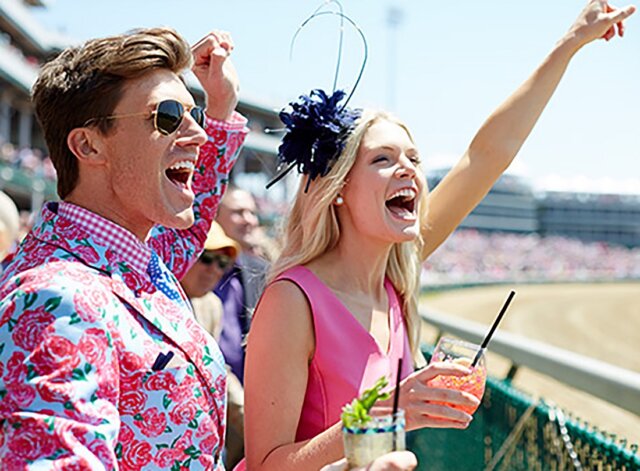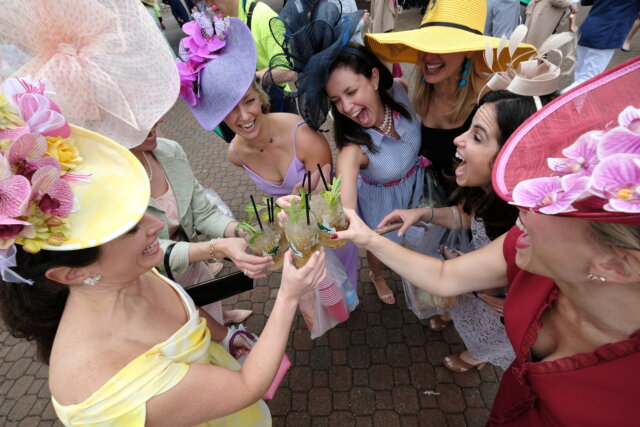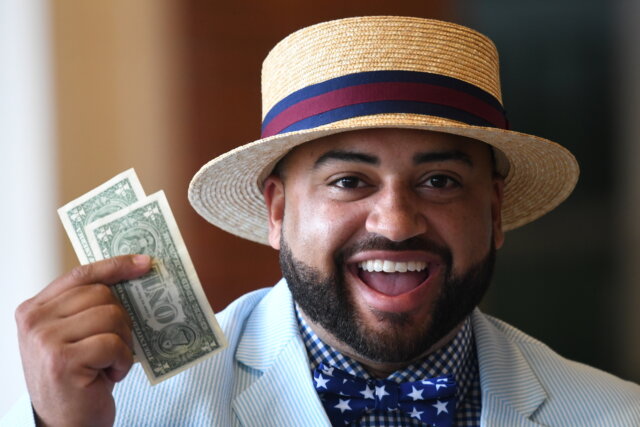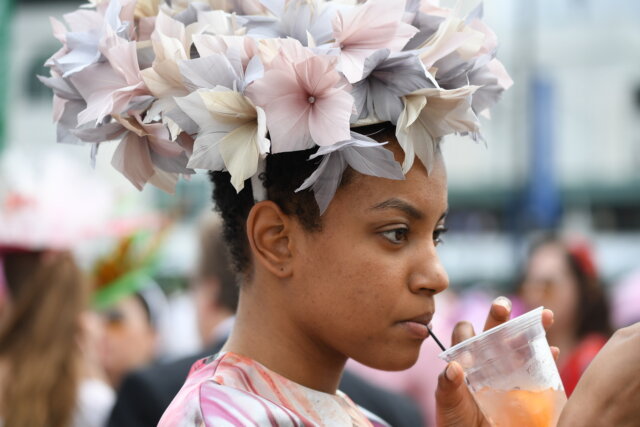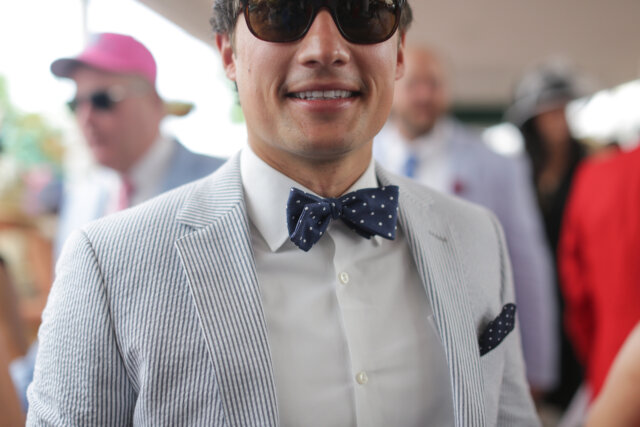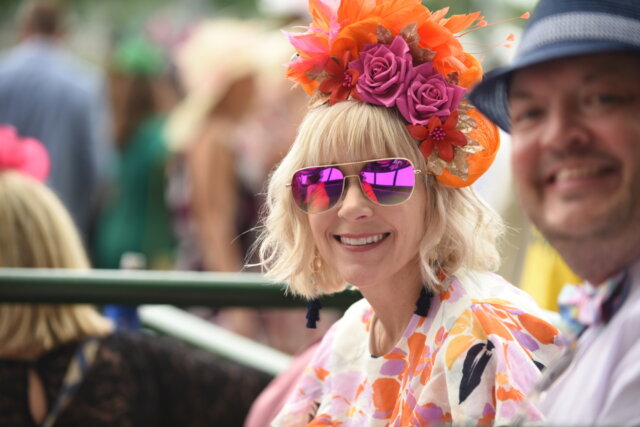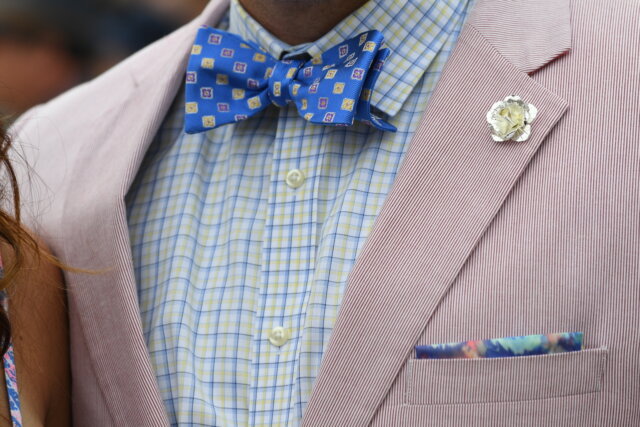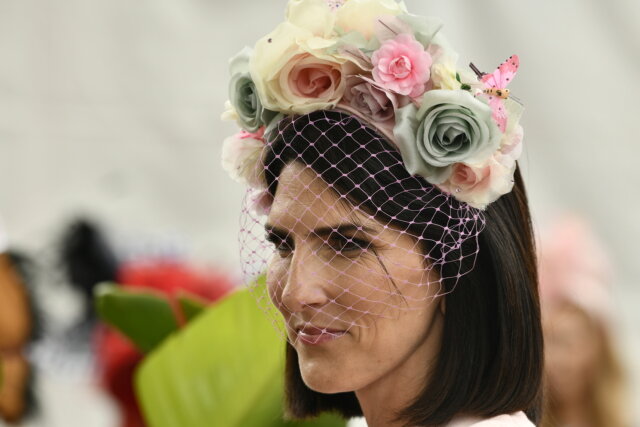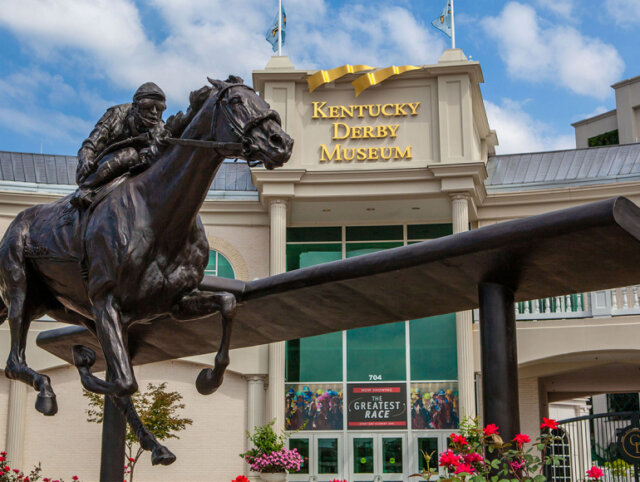AMERICA’S GREATEST RACE
The Kentucky Derby is the longest continually held sporting event in America, and it is one of the most prestigious horse races in the world.
1874
Colonel Meriwether Lewis Clark Jr. forms the Louisville Jockey Club and acquires land for racetrack from his uncles John & Henry Churchill.
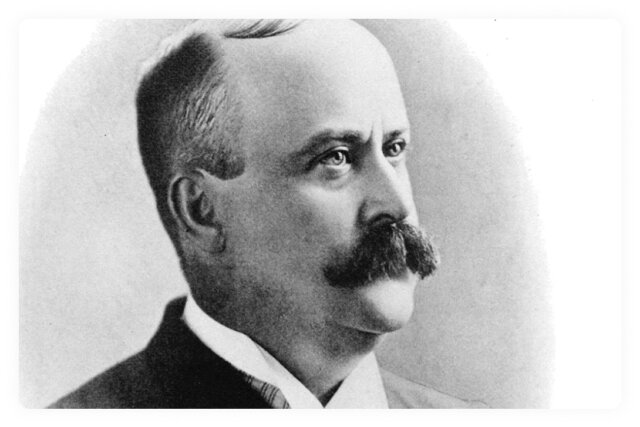
Colonel Meriwether Lewis Clark
1875
The first Kentucky Derby race takes place on May 17, 1875. Oliver Lewis rides Aristides 1.5 miles to win, in a field of fifteen horses, in front of a crowd of 10,000 spectators.
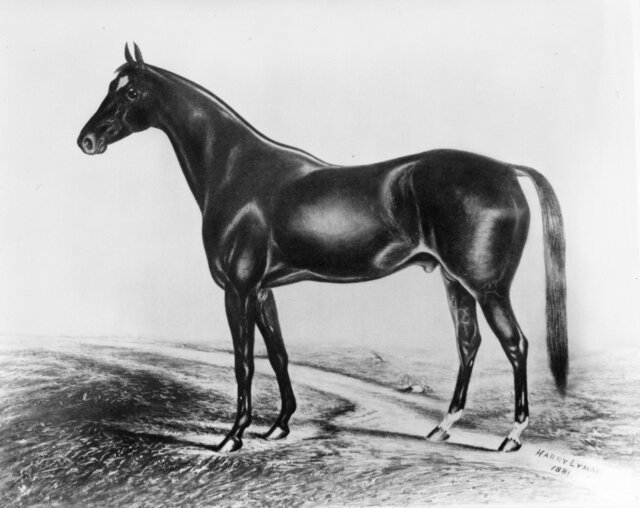
1883
Leonatus wins the Derby, and the name “Churchill Downs” is first used to landmark the racetrack that is the home of the Kentucky Derby.
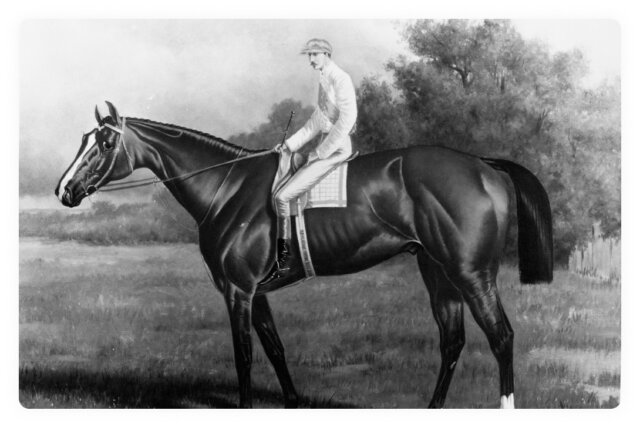
Painting of 1883 Derby winner Leonatus
1894
Due to the growing crowd size, a 285-foot grandstand is constructed to accommodate race fans. Chant wins the Derby.
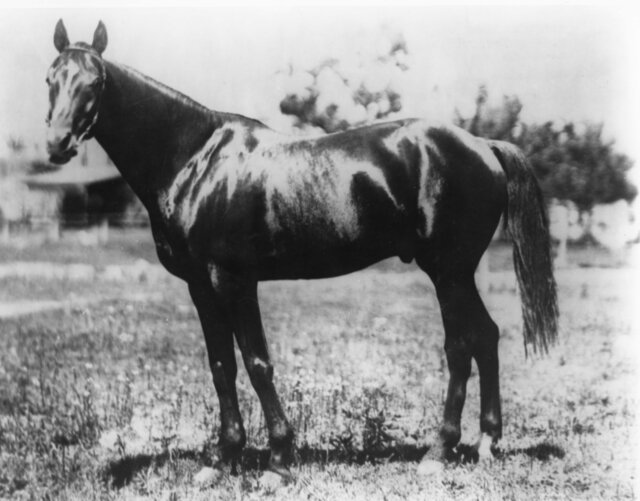
Kentucky Derby winner Chant standing in a field.
1895
The famed Twin Spires greet the Kentucky Derby crowd, on May 6th. Halma wins the Derby.
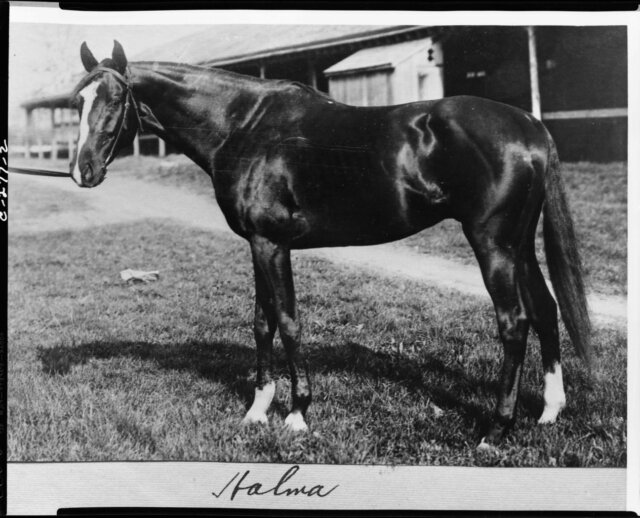
1896
It is thought that the distance of the Derby race is too long for three-year-old Thoroughbreds that early in the spring, so the distance of the Derby race is shortened from one and a half miles to one and a quarter miles. Ben Brush wins the Derby, and he receives a floral arrangement of white and pink roses-the first documented Garland of Roses.
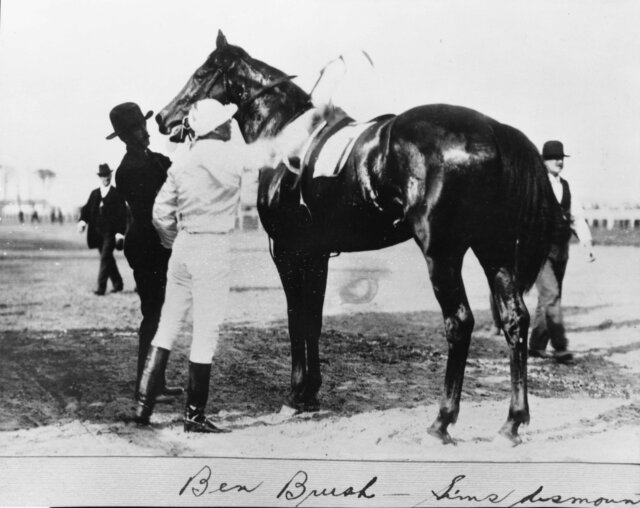
1902
Col. Matt Winn becomes vice president and general manager of Churchill Downs, beginning his legacy of making the Kentucky Derby the must-attend event it is today.
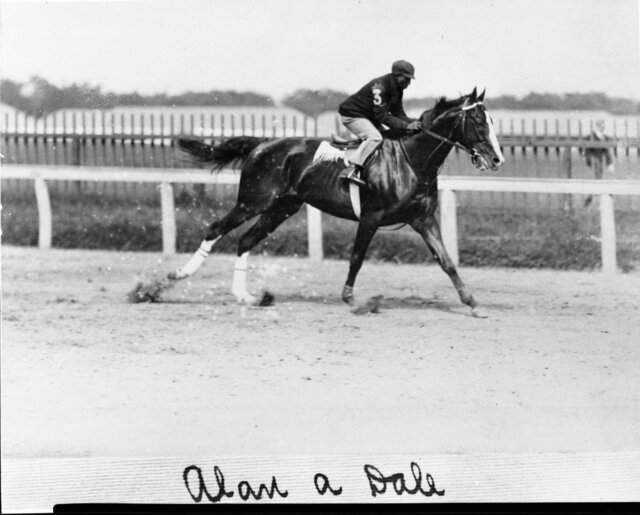
Kentucky Derby winner Alan-a-Dale with jockey James Winkfield up running on the track.
1904
The red rose becomes the official flower of the Kentucky Derby and Elwood wins the race.
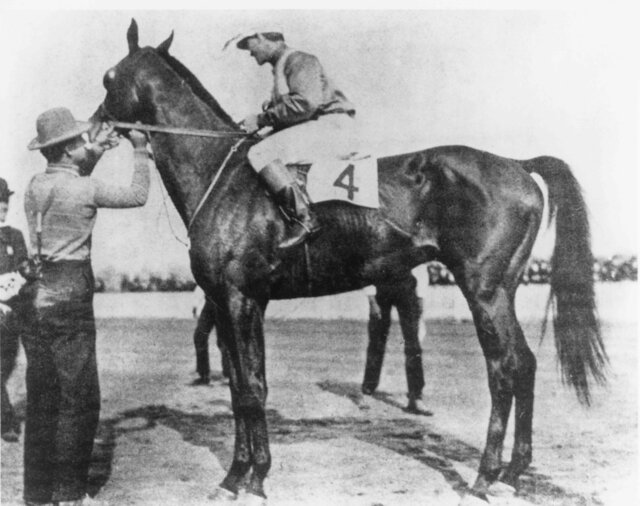
1913
Donerail wins the Derby, and becomes the longest shot to win. He pays $184.90 to win bets, $41.20 to place bets, and $13.20 to show bets.
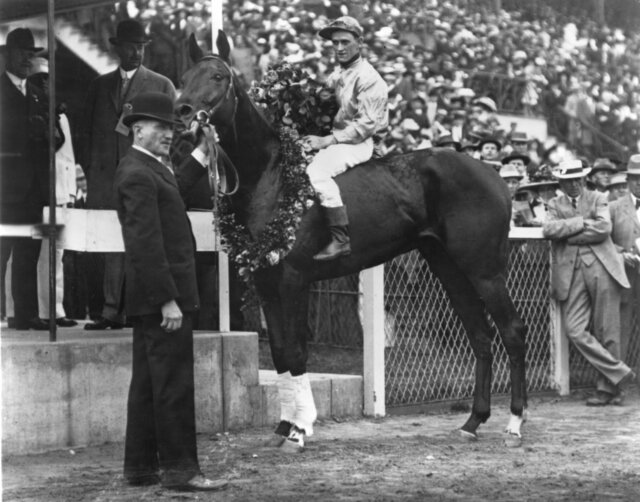
1914
Old Rosebud wins the Derby and sets a new track record, finishing the race in 2:03:04 and eight lengths ahead of the second place finisher.
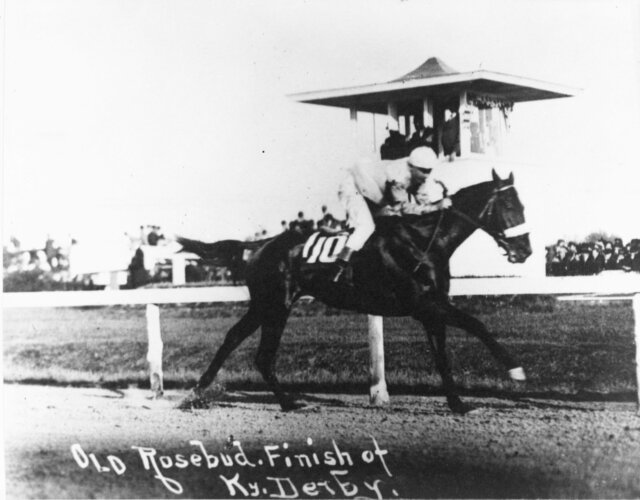
1915
For the third consecutive year, the Kentucky Derby splashes the news, as the first filly, Regret, wins the race. This publicity establishes the Kentucky Derby as a premier sporting event in America, after its 41st running.
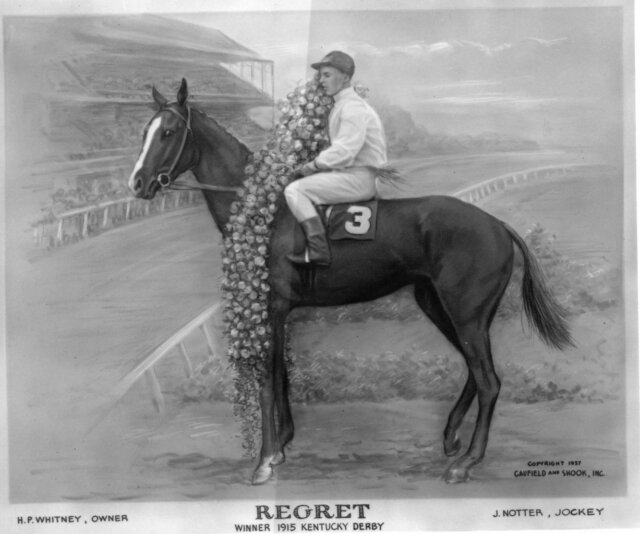
1919
Sir Barton wins the Derby and is also the first winner of what would become the Triple Crown of Thoroughbred Racing. In the span of just 32 days, Sir Barton won the Kentucky Derby, the Preakness Stakes, the Withers Stakes, and the Belmont Stakes.
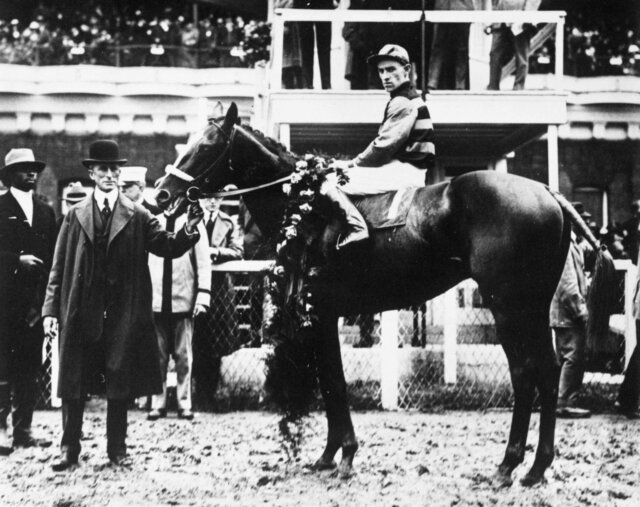
1925
The first network radio broadcast of the Kentucky Derby takes place on May 16th, with about 5 to 6 million listeners tuning in to hear Flying Ebony win the Derby. Also notable in the year, the phrase “Run for the Roses®” is coined by Bill Corum, a sports columnist for the New York Evening Journal and the New York Journal -- American.
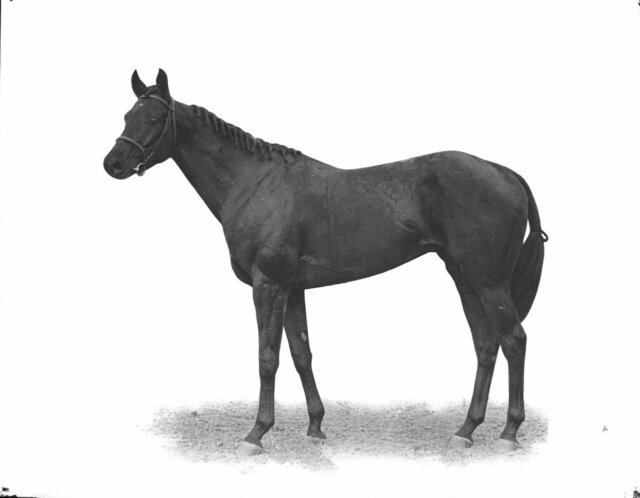
1930
Gallant Fox wins the Derby, and the term Triple Crown is officially used by the New York Times to describe his combined wins in the Kentucky Derby, the Preakness Stakes, and the Belmont Stakes.
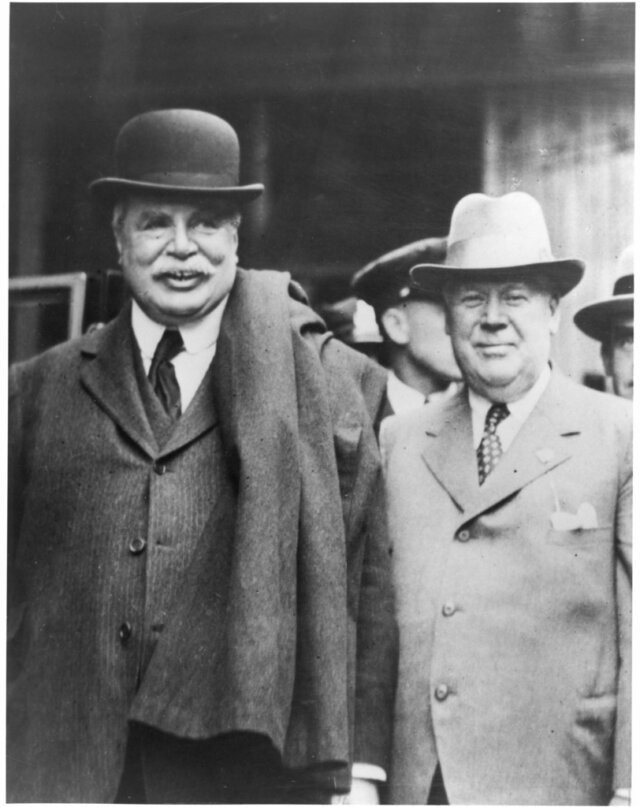
1931
The Kentucky Derby is permanently scheduled for the first Saturday in May, as opposed to an undetermined date in mid-May. The move was largely due to the popularity of the idea of a Triple Crown winner, and allowed for a consistent racing schedule for horses that would participate in the three races – The Kentucky Derby, followed by the Preakness Stakes, then the Belmont Stakes.
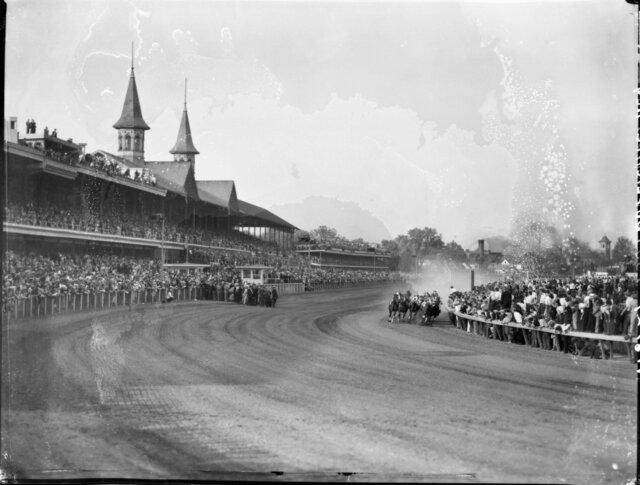
1932
Despite the Great Depression, the Kentucky Derby race continues to take place and has much to celebrate. The race is internationally broadcast, reaching England’s British Broadcasting Company, and the winner, Burgoo King, is the first Kentucky Derby winner to be officially draped in a garland of red roses.
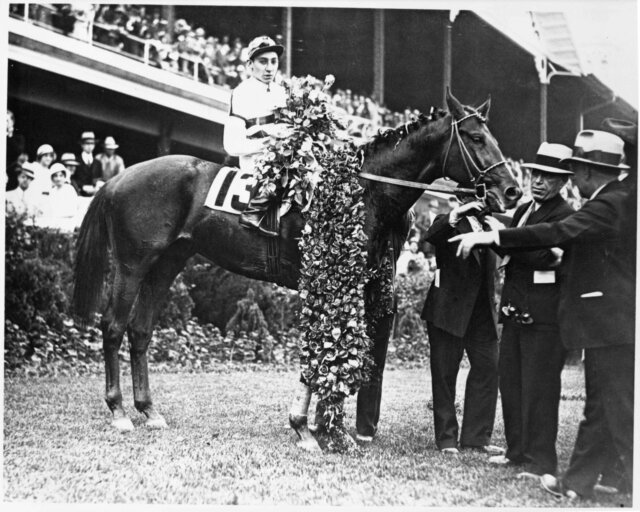
1939
A tunnel is constructed under the racetrack that connects the grandstand, spectator seats to the field inside the racetrack, called the “infield”. Admission is 50 cents to enjoy the Derby from the infield. Lawrin wins the Derby and he is the first to take to a stand built in the infield for the official presentation to the Kentucky Derby winning horse.
The Mint Julep becomes the official drink of the Kentucky Derby.
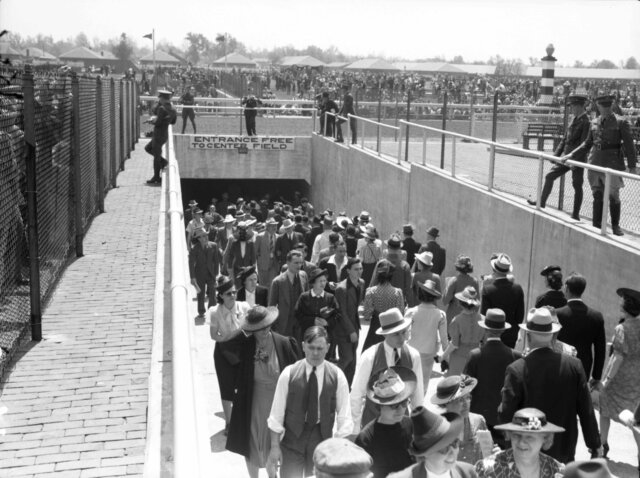
1943
Regardless of the war-time travel restrictions from World War II and no out-of-town tickets sold to the Kentucky Derby, 65,000 fans gathered at Churchill Downs to see Count Fleet easily defeat the field at 2-5 odds.
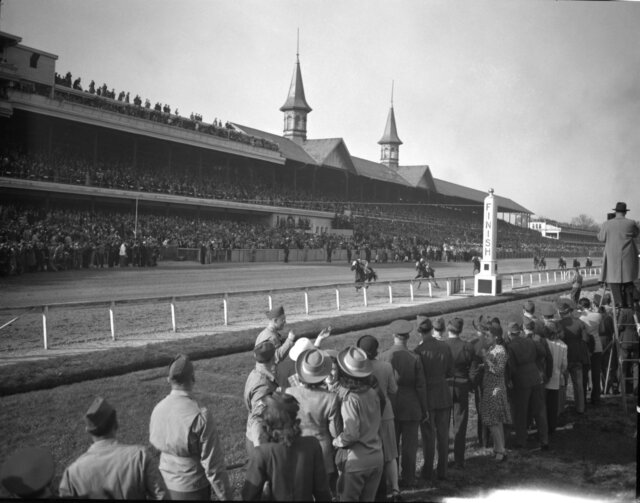
1949
The 75th Kentucky Derby is locally telecast for the first time, and Ponder wins the Derby.
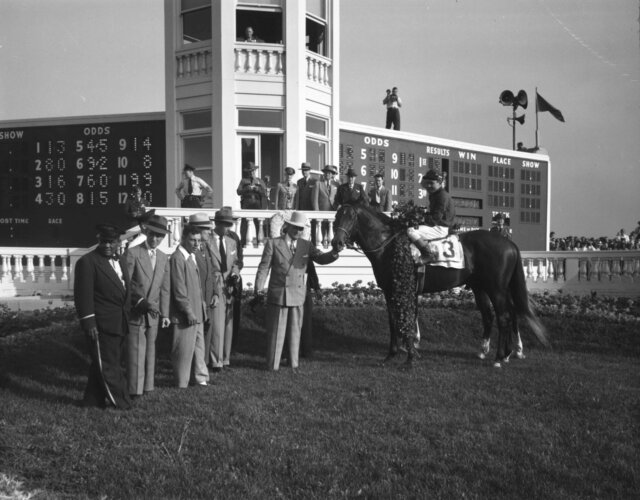
1952
The public exposure of the Kentucky Derby is expanded with the first national live television coverage in its history. An estimated 10 to 15 million viewers tune in to watch Hill Gail win the Derby.
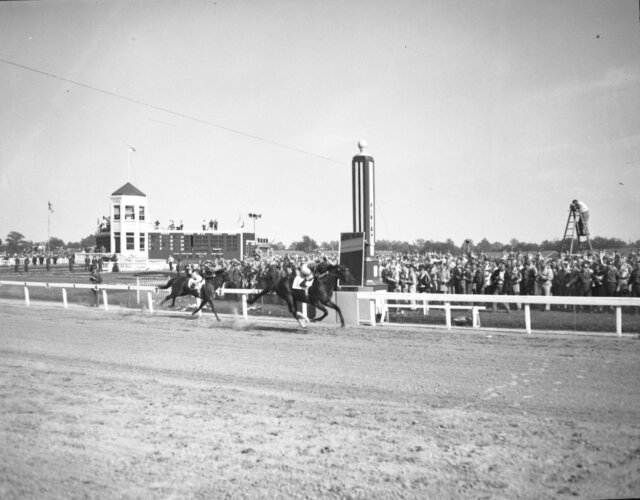
1970
Diane Crump is the first female jockey to ride in the Kentucky Derby race. Crump finished 15th out of 18 horses in the field; and even though her Derby race wasn’t a win, she brought women to the forefront of horse racing. Dust Commander wins the Derby.
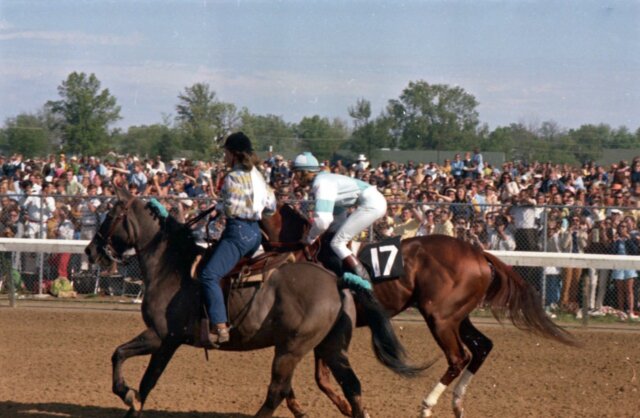
1973
In the 99th running of the Kentucky Derby, Secretariat wins with the fastest finishing time to date. Secretariat smashed the track record finishing at 1:59:40, and went on to win the Triple Crown, for the first time in 25 years.
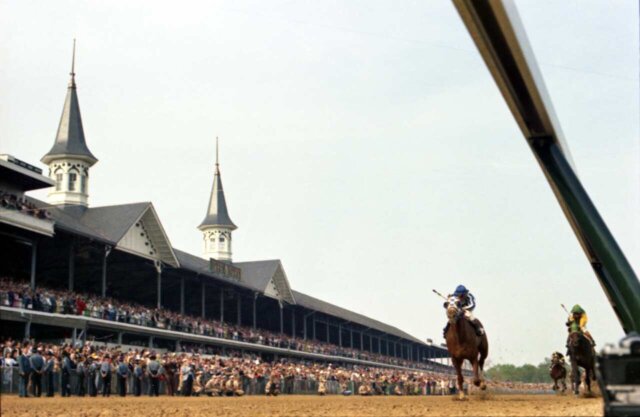
1974
The second largest crowd in the history of U.S. Thoroughbred racing watches Cannonade win the 100th Derby. There were a total of 163,628 fans at Churchill Downs to watch the race, which also had a record large field size of 23 horses.
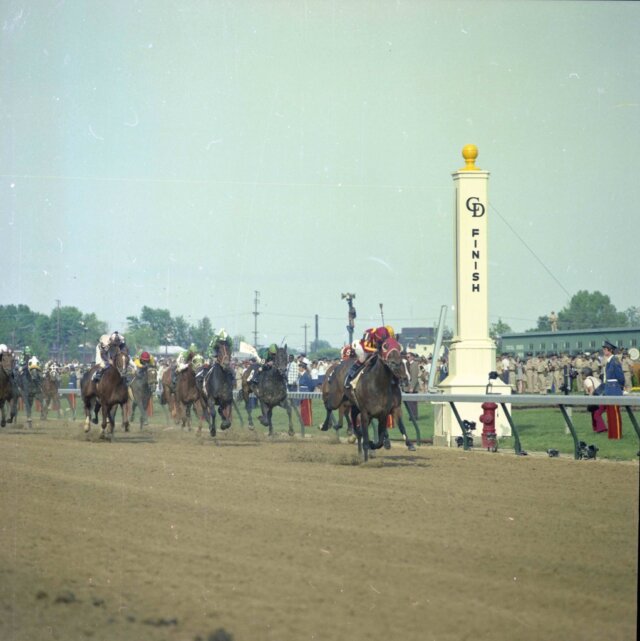
1977
Seattle Slew wins the Kentucky Derby and goes on to win the Triple Crown. He is the 10th Triple Crown winner, and the only horse to take that title while also undefeated.
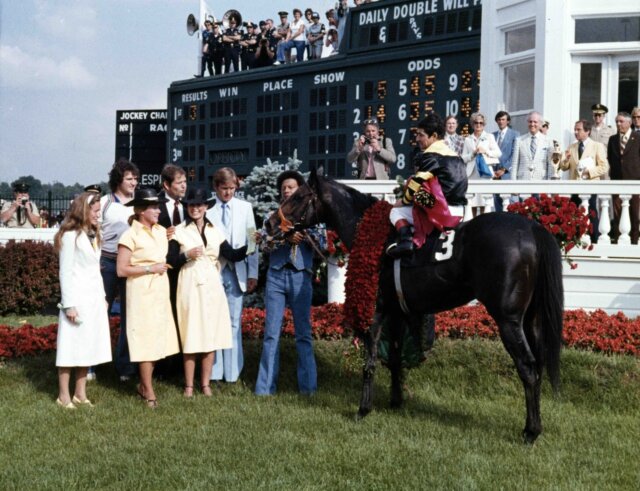
1978
Affirmed wins the Kentucky Derby and goes on to win the Triple Crown.
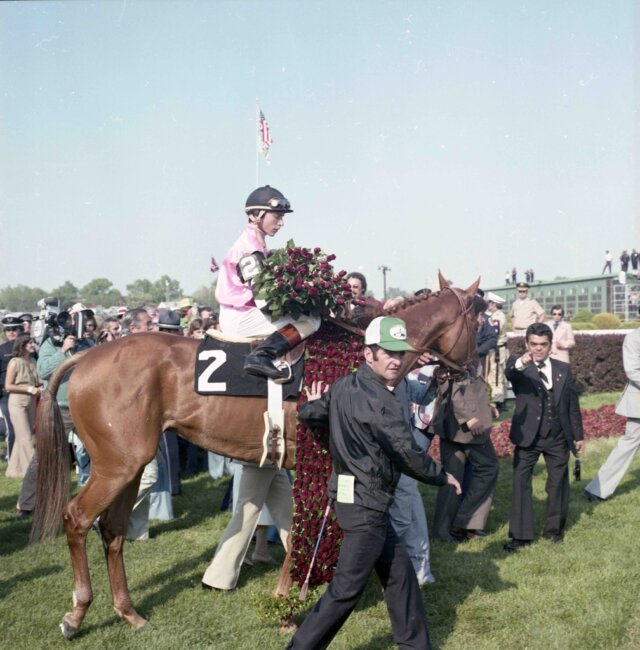
1985
The Kentucky Derby Museum is opened on the grounds of Churchill Downs Racetrack just one week before the Kentucky Derby is run. The museum’s mission is to ENGAGE, EDUCATE, and EXCITE EVERYONE about the extraordinary experience that is the Kentucky Derby! Spend A Buck wins the Derby.
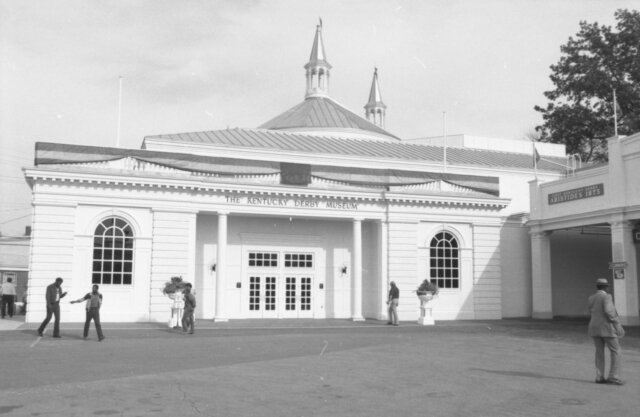
1986
The home of the Kentucky Derby race, Churchill Downs Racetrack, is formally placed on the register of National Historic Landmarks. Ferdinand wins the Derby.
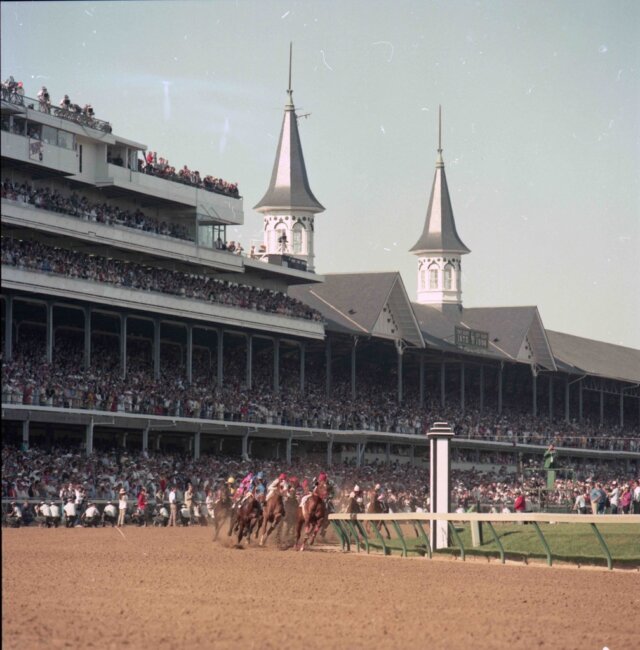
1988
Winning Colors wins the Derby, she is only the third filly in racing history to capture the Kentucky Derby win.
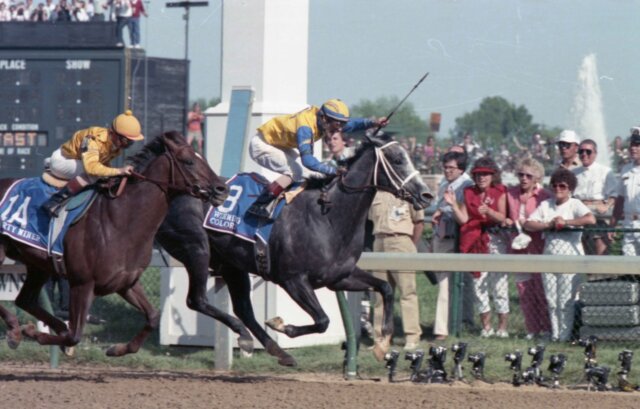
1992
Hall of Fame Jockey Pat Day wins his first and only Kentucky Derby on Lil E.Tee.
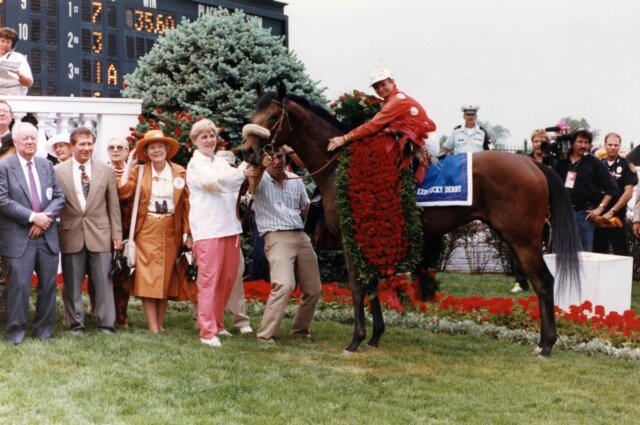
1999
The Kentucky Derby celebrates its 125 running, and Charismatic wins the race.
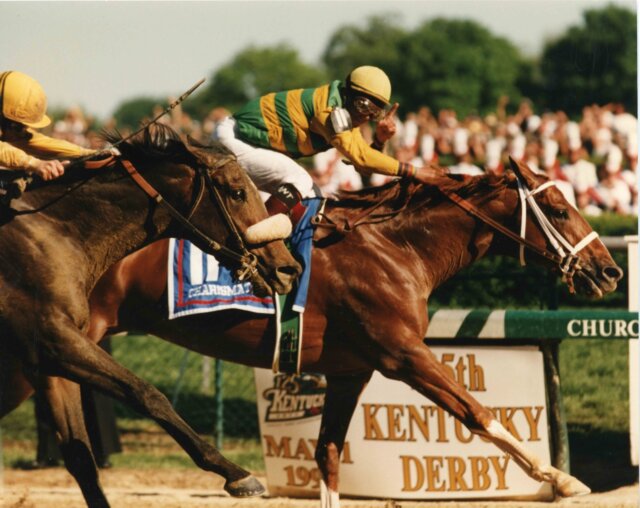
2000
This year marked the third century in which the Kentucky Derby was run; Fusaichi Pegasus wins the Kentucky Derby.
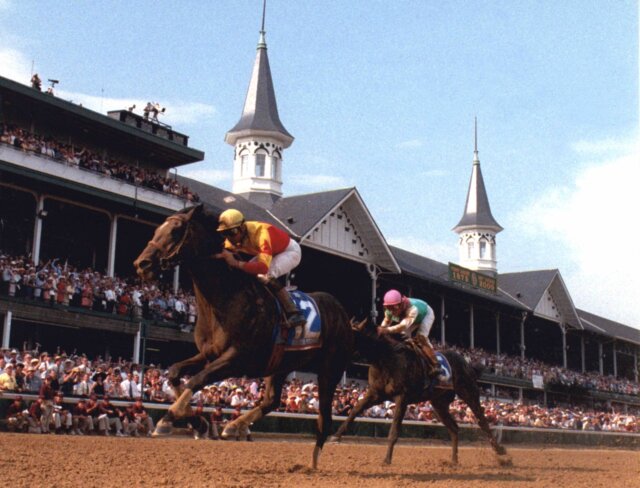
2004
The Kentucky Derby winner is Smarty Jones, and he is later featured on the cover of Sports Illustrated.
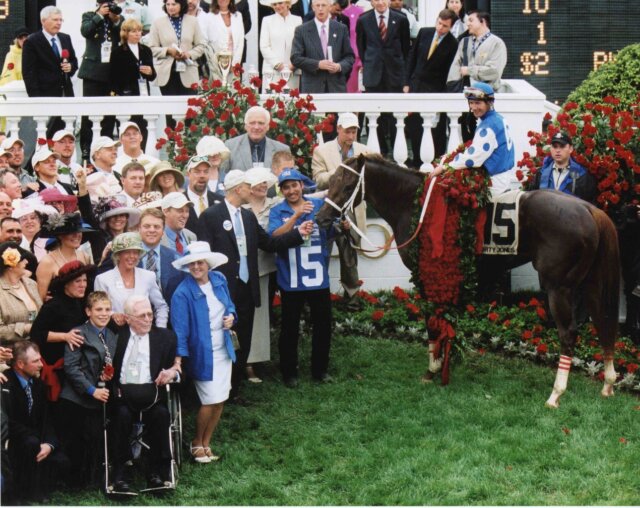
2006
Barbaro wins the Kentucky Derby, by six and a half lengths; the largest victory since 1946. He was a Kentucky Derby fan favorite. A bronze statue is placed above his remains at the entrance of Churchill Downs Racetrack. The Oaks Lily becomes the official drink of the Kentucky Oaks.
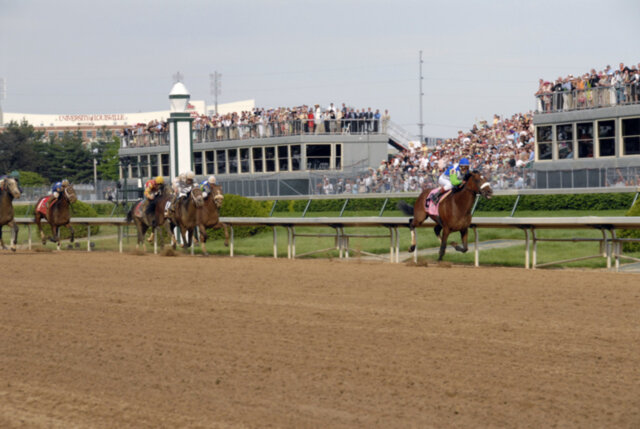
2015
American Pharoah wins the Kentucky Derby and goes on to win the Triple Crown, breaking a Triple Crown drought lasting over 30 years. The 141st Kentucky Derby was a record-setting year with the highest attended Kentucky Derby of 175,513 fans.
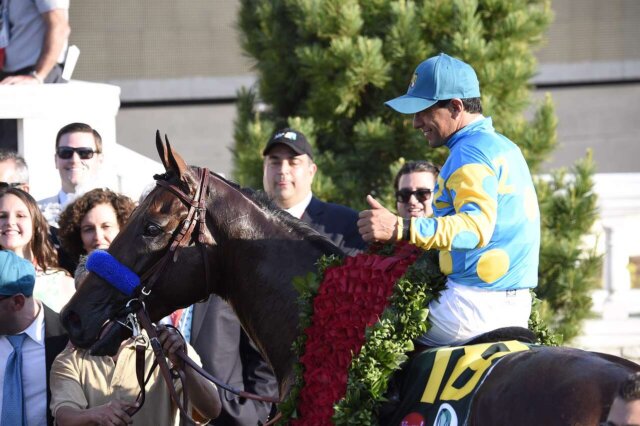
2018
Justify wins the Kentucky Derby and continues on to clinch the Triple Crown. He is the last horse to date to win the Triple Crown.
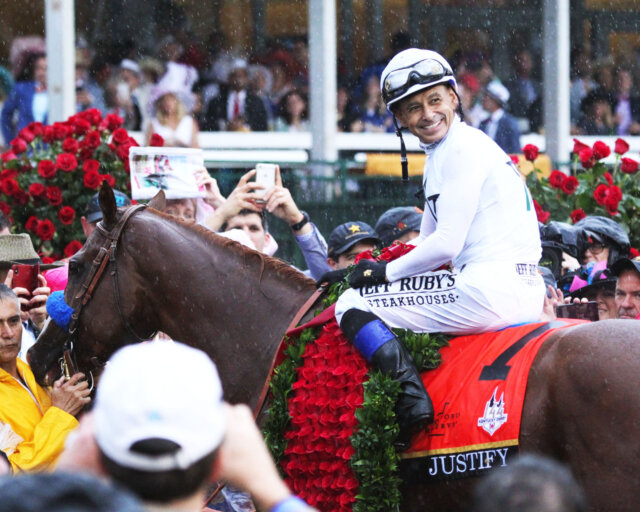
2020
The Kentucky Derby is postponed until September due to the COVID-19 Pandemic. For the first time in its history, the Kentucky Derby is run without fans in attendance.
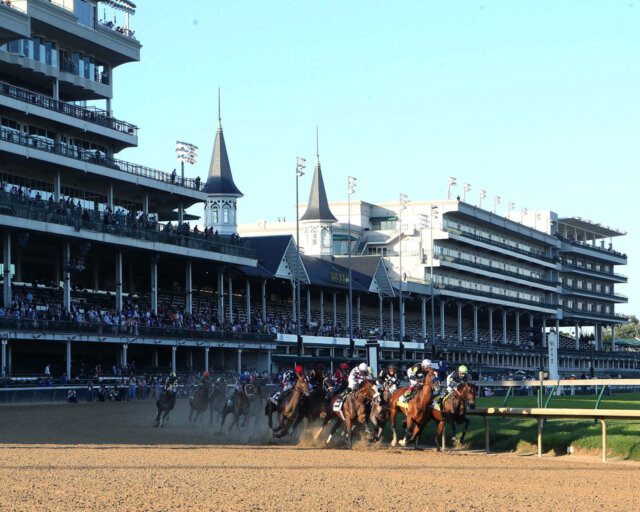
2022
Rich Strike wins the 148th Running of the Kentucky Derby, overcoming 80-1 odds to pull off one of the most shocking upsets in race history.
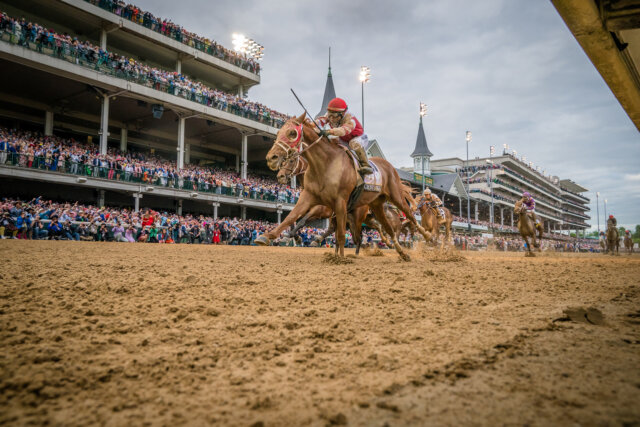
2023
Mage wins the 149th Kentucky Derby giving Hall of Fame Jockey Javier Castellano his first Derby win.
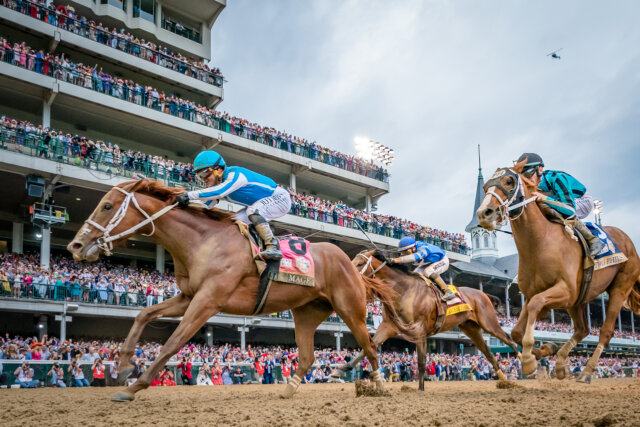
Legendary Churchill Downs
Churchill Downs, the world's most legendary racetrack, has conducted thoroughbred racing and presented America's greatest race, the Kentucky Derby, continuously since 1875.
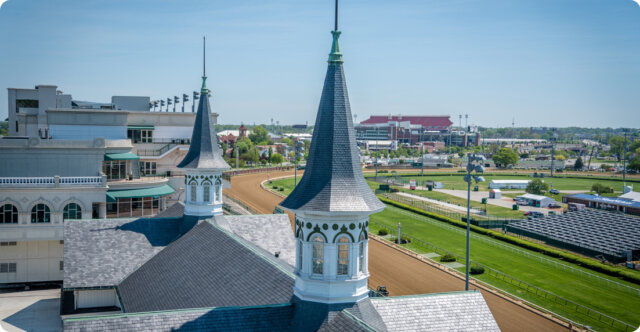
Past Winners
The Kentucky Derby spans over the course of a century and a half and boasts some of the most memorable events in sporting history.
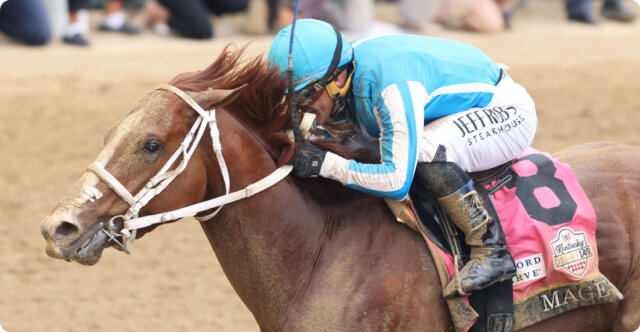
DERBY TRADITIONS
The Official Kentucky Derby Collection
Shop the lastest Kentucky Derby fashions, collectibles and more!
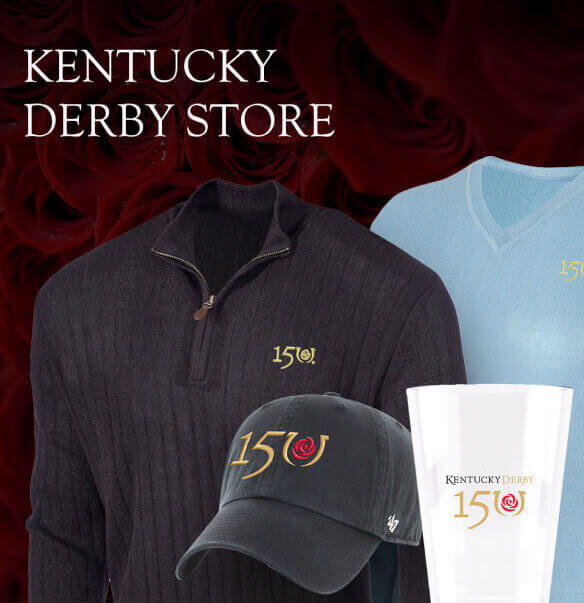
Derby Week Events
Make your Derby experience legendary with a week full of racing and festivities.
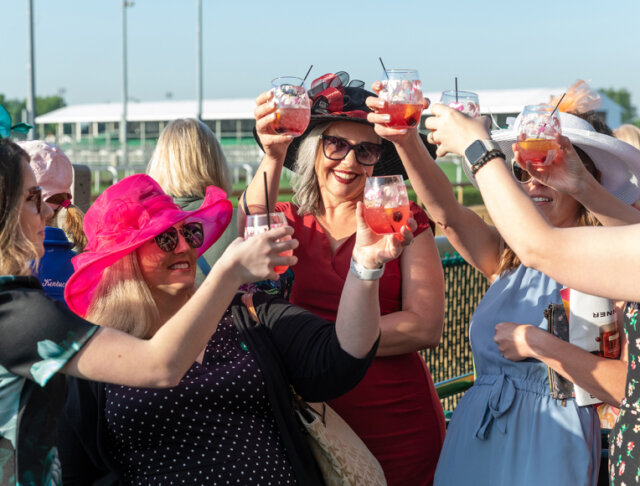
THANK YOU TO OUR SPONSOR
FOLLOW FOR UPDATES AND EXCLUSIVES
Missed something? Catch up on past Kentucky Derby news
